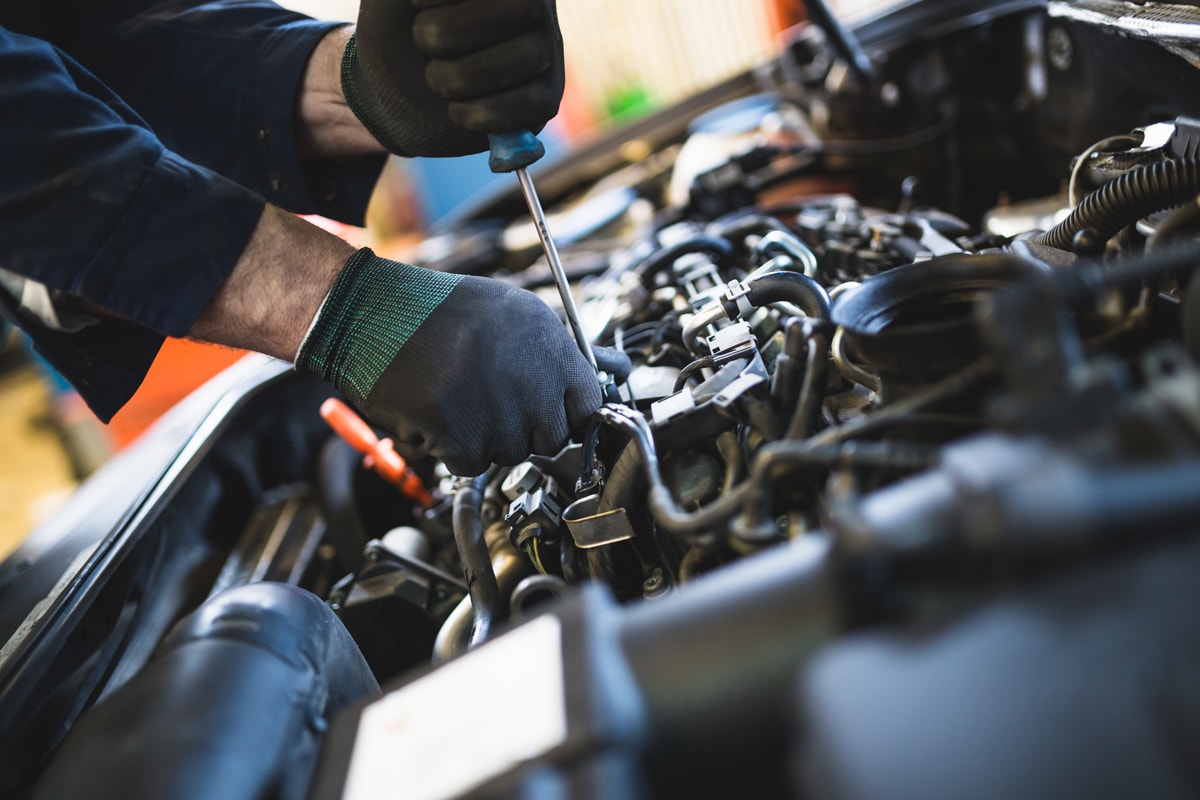All Categories
Featured
Your car's suspension system is an essential element that boosts your driving experience by offering control, stability, and comfort. With time, wear and tear on this system can endanger your vehicle's safety and efficiency. By adopting correct maintenance techniques, you can expand the life of your suspension and prevent pricey repair work. Right here's a step-by-step overview to maintaining your shock absorber in exceptional shape.
![]()
Dripping Liquid: Oil around the shocks or struts suggests they may need replacement. Damaged Springs: Cracks or breaks in the springtimes can trigger irregular automobile height. Rust or Rust: Steel elements like control arms and bushings are susceptible to corrosion with time. If you notice any kind of irregularities, have your suspension system evaluated by a professional auto mechanic.
Maintain tires inflated to the recommended stress. Revolve tires every 5,000 to 7,500 miles. Equilibrium and align wheels every year or after hitting visuals or holes. Irregular tire wear is an usual indicator of suspension imbalance or used components.
![]()
Conclusion. Appropriate upkeep of your suspension system is essential for making sure a comfortable and risk-free driving experience. By carrying out regular examinations, replacing used components, maintaining tire care, and driving responsibly, you can keep your suspension in peak condition. Proactive treatment not just avoids pricey repair services however also ensures your vehicle's durability and security for every journey.
- Recognize the Value of the Suspension System. The suspension system soaks up shocks from irregular roads, sustains the auto's weight, and keeps the tires securely touching the road. It includes shocks, struts, springs, control arms, and bushings, every one of which collaborate to make certain a smooth and stable ride. Recognizing its relevance is the very first step towards appropriate care.
- Conduct Routine Visual Examinations. Constant visual checks can assist determine possible concerns early. Try To Find:

Dripping Liquid: Oil around the shocks or struts suggests they may need replacement. Damaged Springs: Cracks or breaks in the springtimes can trigger irregular automobile height. Rust or Rust: Steel elements like control arms and bushings are susceptible to corrosion with time. If you notice any kind of irregularities, have your suspension system evaluated by a professional auto mechanic.
- Address Uncommon Sounds and Signs. Uncommon noises, such as creaking, squealing, or clunking, usually signal suspension issues. Similarly, a bouncy adventure, trouble guiding, or the vehicle pulling to one side shows that a suspension part might need attention. Don't disregard these indications; early detection can avoid additional damages.
- Keep Correct Tire Treatment. Tires and suspension work together to supply a smooth experience. To lower tension on your suspension system:
Maintain tires inflated to the recommended stress. Revolve tires every 5,000 to 7,500 miles. Equilibrium and align wheels every year or after hitting visuals or holes. Irregular tire wear is an usual indicator of suspension imbalance or used components.
- Replace Worn-Out Parts on schedule. Suspension parts like shocks, struts, and bushings wear out over time. Producers typically advise replacing shocks and shows off every 50,000 to 100,000 miles, depending upon driving problems. Postponing substitute can compromise handling, security, and general vehicle performance.

- Prevent Overloading Your Automobile. Exceeding your vehicle's weight capability places extreme pressure on the shock absorber. This can lead to faster tear and put on on elements like springtimes and shocks. Constantly check your owner's guidebook for weight limitations and avoid overloading.
- Drive Sensibly. Aggressive driving behaviors, such as speeding over craters, taking edges too quick, or regularly driving on harsh roadways, can harm your suspension. Technique cautious driving to minimize wear and expand the life-span of your shock absorber.
- Set Up Expert Inspections. Routine specialist examinations are essential for recognizing hidden issues and making certain optimum performance. Mechanics can find troubles that aren't visible throughout a do it yourself check, such as used round joints or control arm damages.
Conclusion. Appropriate upkeep of your suspension system is essential for making sure a comfortable and risk-free driving experience. By carrying out regular examinations, replacing used components, maintaining tire care, and driving responsibly, you can keep your suspension in peak condition. Proactive treatment not just avoids pricey repair services however also ensures your vehicle's durability and security for every journey.
Latest Posts
Create a Safe and Beautiful Boundary with Washington Fence
Published Feb 22, 25
1 min read
Enhance Your Residential or Commercial Space with Expert Fencing
Published Feb 20, 25
1 min read
Easy Treatment, Long-Lasting Results-- Maintain Your Bathroom Fitter Products!
Published Feb 20, 25
4 min read
More
Latest Posts
Create a Safe and Beautiful Boundary with Washington Fence
Published Feb 22, 25
1 min read
Enhance Your Residential or Commercial Space with Expert Fencing
Published Feb 20, 25
1 min read
Easy Treatment, Long-Lasting Results-- Maintain Your Bathroom Fitter Products!
Published Feb 20, 25
4 min read